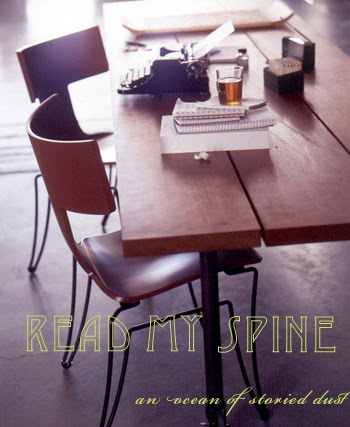
the fauvist influence in contemporary fashion shoots
"The function of color should be to serve expression as well as possible.
I put down my tones without a preconceived plan...The expressive aspect of colors
imposes itself on me in a purely instinctive way." (emphasis added)
Thus writes Henri Matisse in his influential 1908 essay, "Notes of a Painter."
Matisse is undoubtedly known as the most prominent member of Fauvism,
 Kees Van Dongen, Maria. The Robert Lehman Collection, at the Metropolitan Museum of Art, New York.
Kees Van Dongen, Maria. The Robert Lehman Collection, at the Metropolitan Museum of Art, New York.
perhaps the "sleeper" movement of the early twentieth century avant-garde art landscape in Europe.The fauves, or "wild beasts" in French, comprised a small circle. And unlike their contemporaries in such movements as Futurism and Cubism, they wrote no accompanying manifestos and very little literature to disambiguate their theories on art. By the time "Notes of a Painter" was published,Fauvism, a movement characterized by the bold, unbridled, and "savage" use of color in its canvases, had ironically already faded, lasting a meager two years, 1905-07.
However, there is still much to learn from Matisse and his fellow fauves,
Kees Van Dongen and Maurice de Vlaminck. If Fauvism as a movement was short-lived, its legacy lives on as a catalyst for the major revolutions it instigated in color theory (I refer specifically to Vasily Kandinsky, who coined the term "color theory" in his 1913 treatise, Concerning the Spiritual in Art).
Fauvist-inspired interiors and fashion are lively and sensual,
attracting such words as loud, expressive, sensational,
appealing to a vaguely primitive instinct.



No comments:
Post a Comment